How to Maximize Energy Efficiency with Prefabricated Metal Buildings
Energy efficiency is a top priority for commercial and residential building projects alike. With growing concerns about energy consumption and the need for sustainable construction practices, prefabricated metal buildings have emerged as an excellent solution. These buildings offer numerous advantages when it comes to energy efficiency, from their design flexibility to their superior insulation capabilities. In this article, we’ll explore how to maximize energy efficiency with prefabricated metal buildings by answering key questions on the topic.

Are Steel Buildings Energy-Efficient?

Yes, steel buildings are highly energy-efficient, and several factors contribute to their superior performance. Steel, by nature, is a durable and long-lasting material that, when paired with the right insulation and design, can provide exceptional energy efficiency. One of the main reasons steel buildings perform well in terms of energy savings is their ability to support modern insulation materials like insulated metal panels (IMPs), which provide a strong barrier against heat loss and gain.
Additionally, the design flexibility of steel buildings allows for the use of advanced HVAC systems, smart lighting, and energy-efficient windows, all of which further reduce energy consumption. Steel buildings also maintain temperature control better than traditional wood or concrete structures, leading to reduced heating and cooling costs over time.
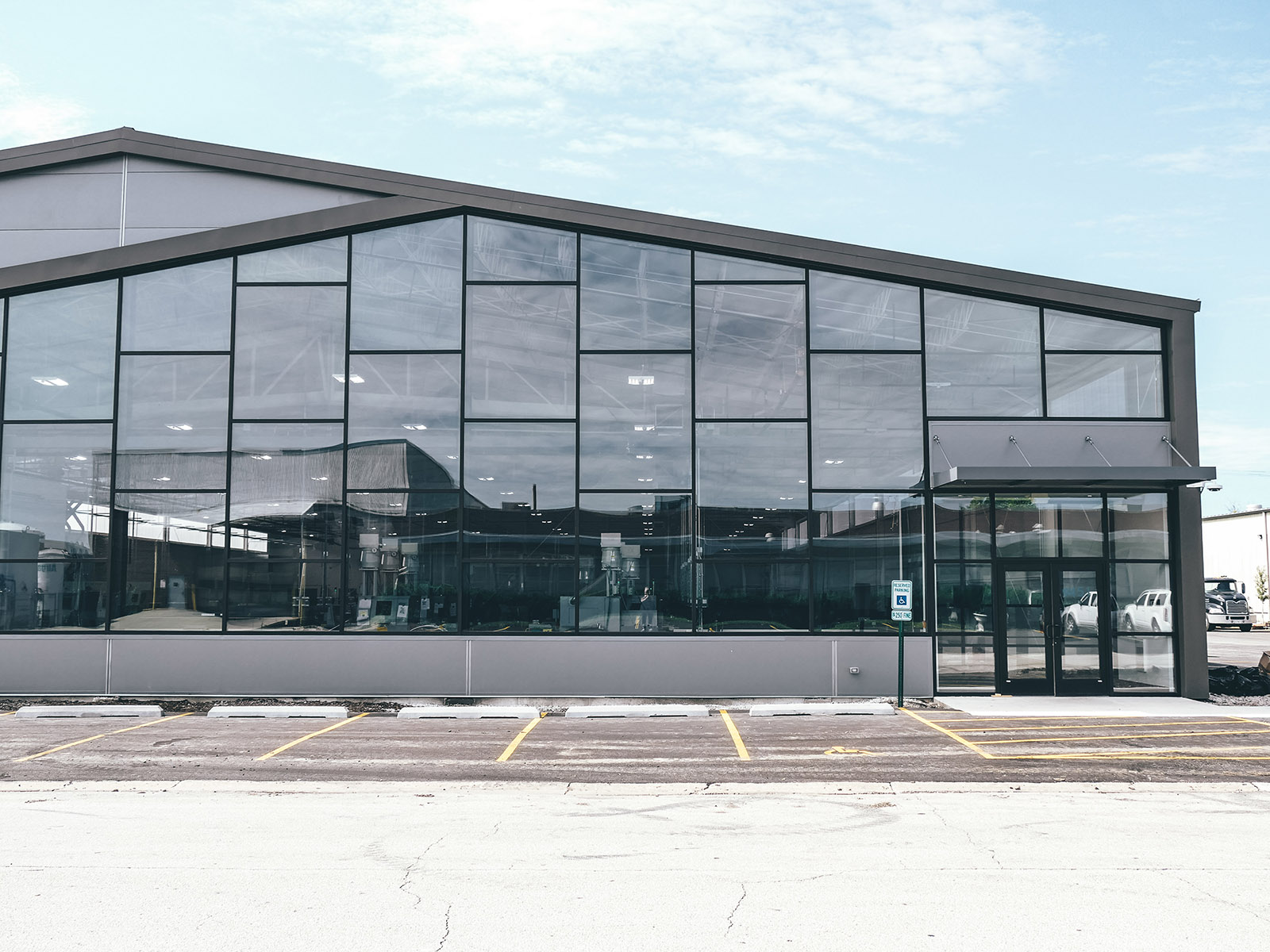
What is the Most Economical Metal Building Size?
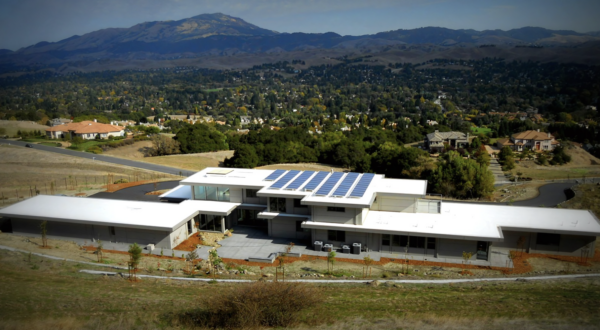
The most economical metal building size depends on the specific needs of the project and how the building will be used. However, in general, larger metal buildings can offer better cost efficiency due to economies of scale. When designing a prefabricated metal building, it’s crucial to consider the layout and intended use of the space. Buildings designed with open floor plans tend to be more cost-effective as they reduce the need for additional structural elements.
Furthermore, the building’s size directly impacts its energy efficiency. For example, larger buildings with higher ceilings may require more insulation to prevent heat loss, but the design flexibility of metal buildings allows for efficient solutions such as reflective roofing or high-performance insulation to maximize energy savings without compromising on space.
Can Barndominiums Be Energy-Efficient?
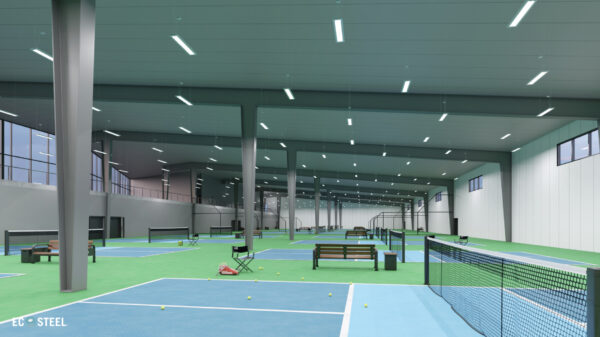
Absolutely! Barndominiums, which combine the look of a barn with the functionality of a modern home, are highly customizable and can be designed to be energy-efficient. Prefabricated steel components provide a sturdy, low-maintenance framework for these structures, while modern insulation systems can be incorporated to ensure optimal energy performance.
Barndominiums benefit from the same energy-saving advantages as other prefabricated metal buildings, such as reduced air leakage, temperature control, and longevity. By integrating energy-efficient windows, smart thermostats, and high-quality insulation materials, barndominiums can achieve significant energy savings, making them an excellent choice for those looking to maximize efficiency in a residential setting.
Which Building Material is More Energy-Efficient?
When it comes to energy efficiency, prefabricated metal buildings are a top contender. While materials like wood and concrete are commonly used in construction, steel stands out as a more energy-efficient option for several reasons:
Insulation Compatibility: Steel buildings can easily accommodate advanced insulation materials, like spray foam or insulated metal panels, which offer high thermal performance.
Reflectivity: Metal roofing and walls reflect sunlight, reducing the amount of heat absorbed by the building, which can help reduce cooling costs during hot weather.
Durability: Steel buildings have longer lifespans, reducing the frequency of repairs or replacements, which contributes to long-term energy savings.
In comparison, wood and concrete may not perform as efficiently in terms of energy conservation without additional effort in insulation and weatherproofing. Metal buildings, on the other hand, inherently provide better energy performance, especially when combined with energy-efficient design techniques.
Maximizing Energy Efficiency with Prefabricated Metal Buildings
To fully capitalize on the energy efficiency of prefabricated metal buildings, here are a few strategies to consider:
-
Advanced Insulation Systems: Using high-performance insulation, such as insulated metal panels, can dramatically reduce heating and cooling costs. Properly installed insulation helps to maintain a stable interior temperature, preventing heat loss in the winter and keeping the space cool in the summer.
-
Energy-Efficient Windows and Doors: Opt for energy-efficient windows and doors that provide insulation and reduce heat transfer. This helps to maintain a comfortable indoor temperature while minimizing the workload of heating and cooling systems.
-
Solar Panel Integration: Prefabricated metal buildings are ideal for integrating solar panels. Their strong and durable roof structure can support the weight of solar installations, helping you harness renewable energy to power your building, reduce reliance on traditional energy sources, and cut down on energy costs.
-
Reflective Roofing: Metal roofs naturally reflect solar radiation, which can reduce the amount of heat entering the building. This makes metal buildings a great choice for warmer climates, as it helps keep cooling costs low.
-
Smart Building Technologies: Incorporate energy-saving technologies such as LED lighting, smart thermostats, and energy-efficient HVAC systems to maximize energy efficiency. The flexibility of prefabricated metal buildings allows for seamless integration of these technologies, optimizing the building’s performance.
LEARN MORE – ADDITIONAL RESOURCES
Shaping Tomorrow: The Impact of Artificial Intelligence on the Evolution of Steel Building Design and Construction
Prefabricated metal buildings offer unparalleled opportunities for maximizing energy efficiency. With their durable, adaptable designs and the ability to incorporate cutting-edge insulation materials and energy-saving technologies, these buildings are leading the way toward more sustainable construction practices. Whether you’re building a commercial property, a barndominium, or any other structure, prefabricated metal buildings offer a range of solutions that can help you reduce energy consumption, lower costs, and create a more sustainable future.
By choosing metal as your building material and implementing strategies such as advanced insulation and reflective roofing, you can unlock the full potential of energy efficiency in your next construction project. As the industry continues to innovate and incorporate more sustainable practices, prefabricated metal buildings are poised to become the standard for energy-efficient construction.
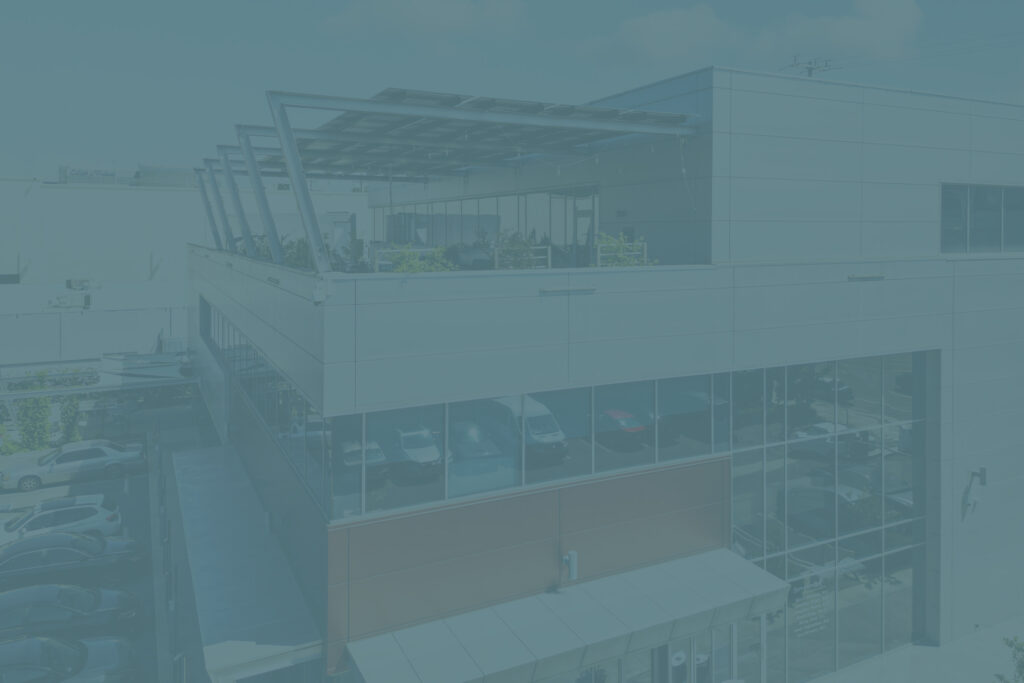
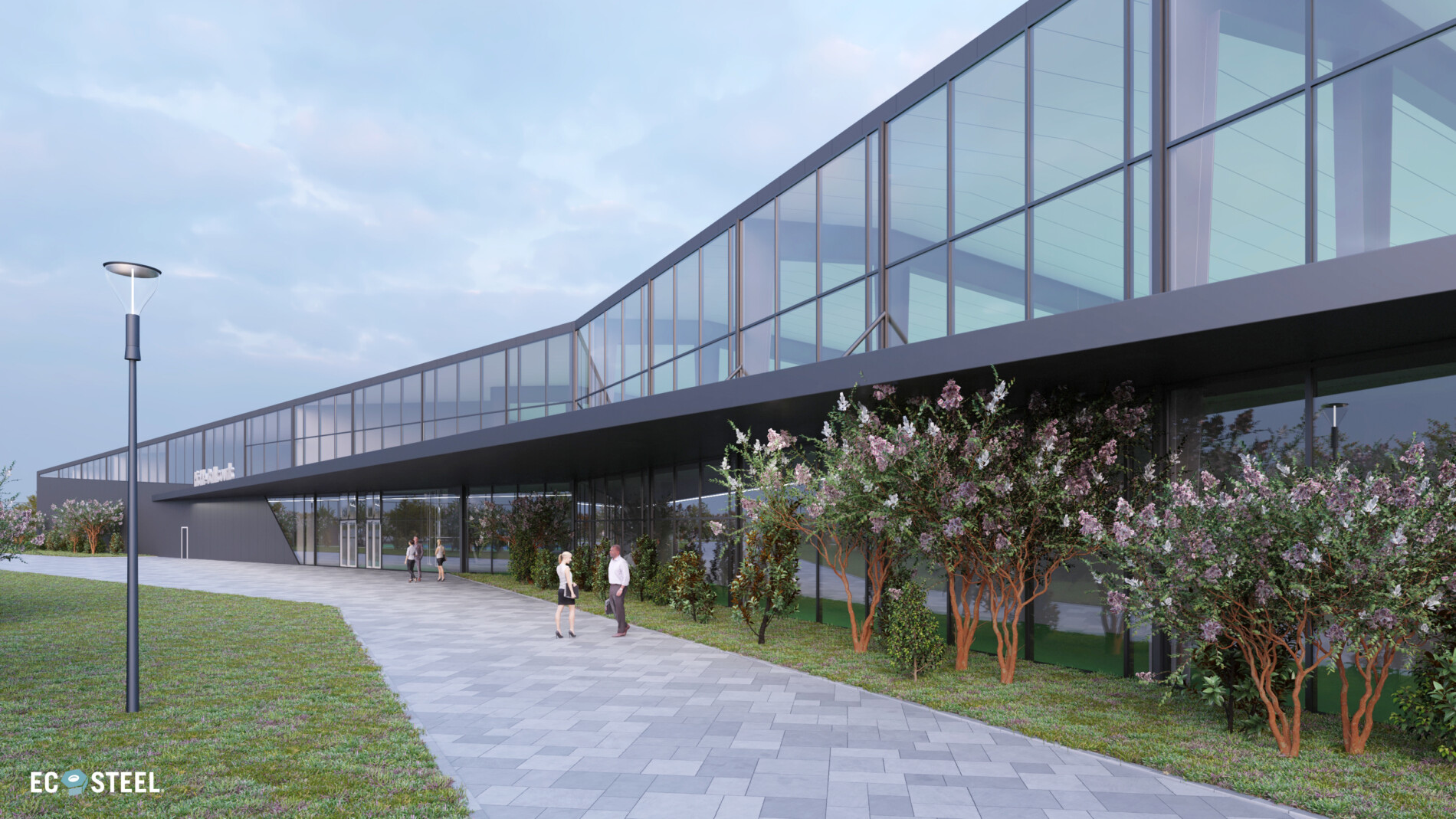
WHY ECOSTEEL?
EcoSteel building systems come in a variety of shapes and sizes, but at their core they all utilize a custom engineered structural steel frame and a high-performance insulated shell. From sub-zero temperatures to dry heat or high humidity, Mother Nature continually tests the limits of building envelopes. While our insulated wall panels are a popular option, sometimes they are substituted or combined with masonry, stone, pre-cast or tilt-up concrete, wood, glass or other architectural wall treatments. The versatility and flexibility of our building systems allows for a myriad of colors, shapes, textures and designs. Today’s building projects require the perfect combination of energy efficiency, creative versatility, and reduced construction cost.
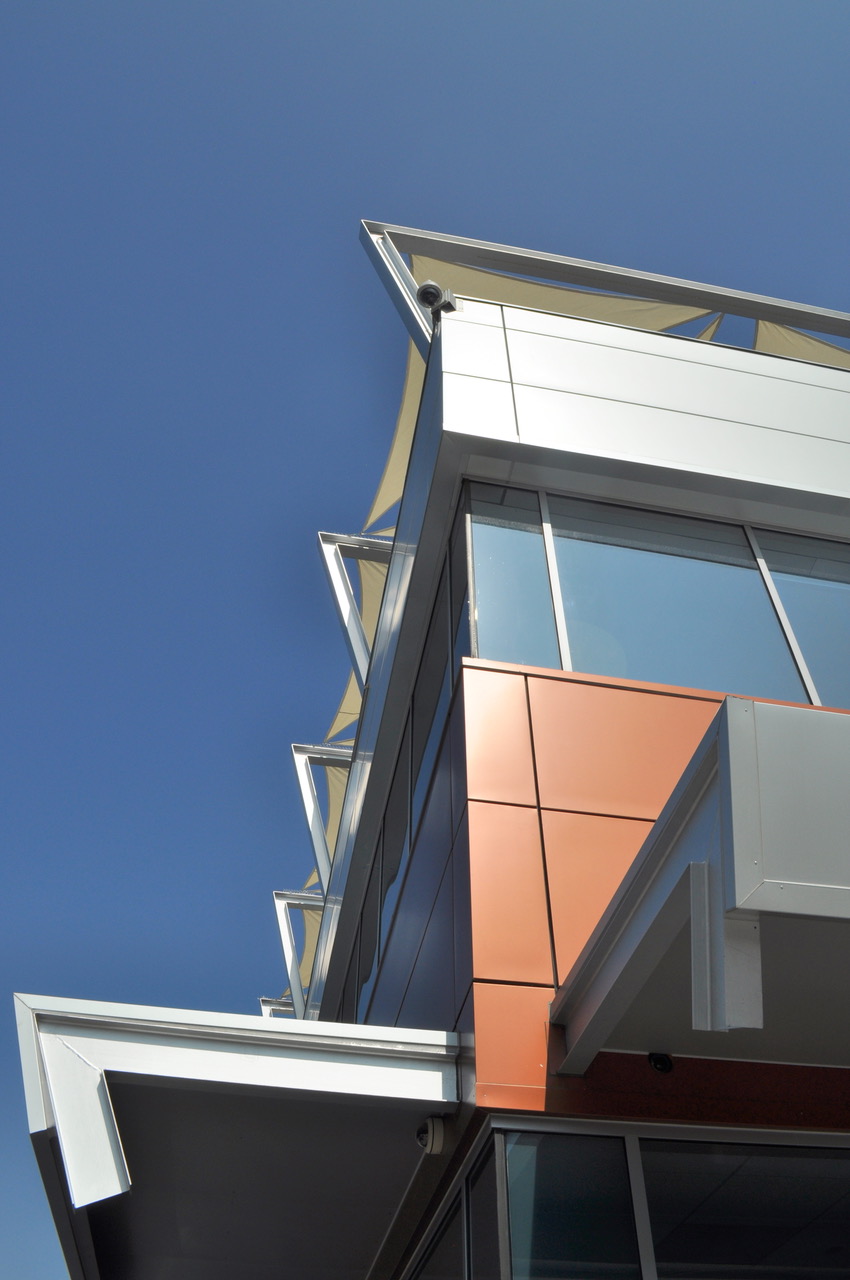
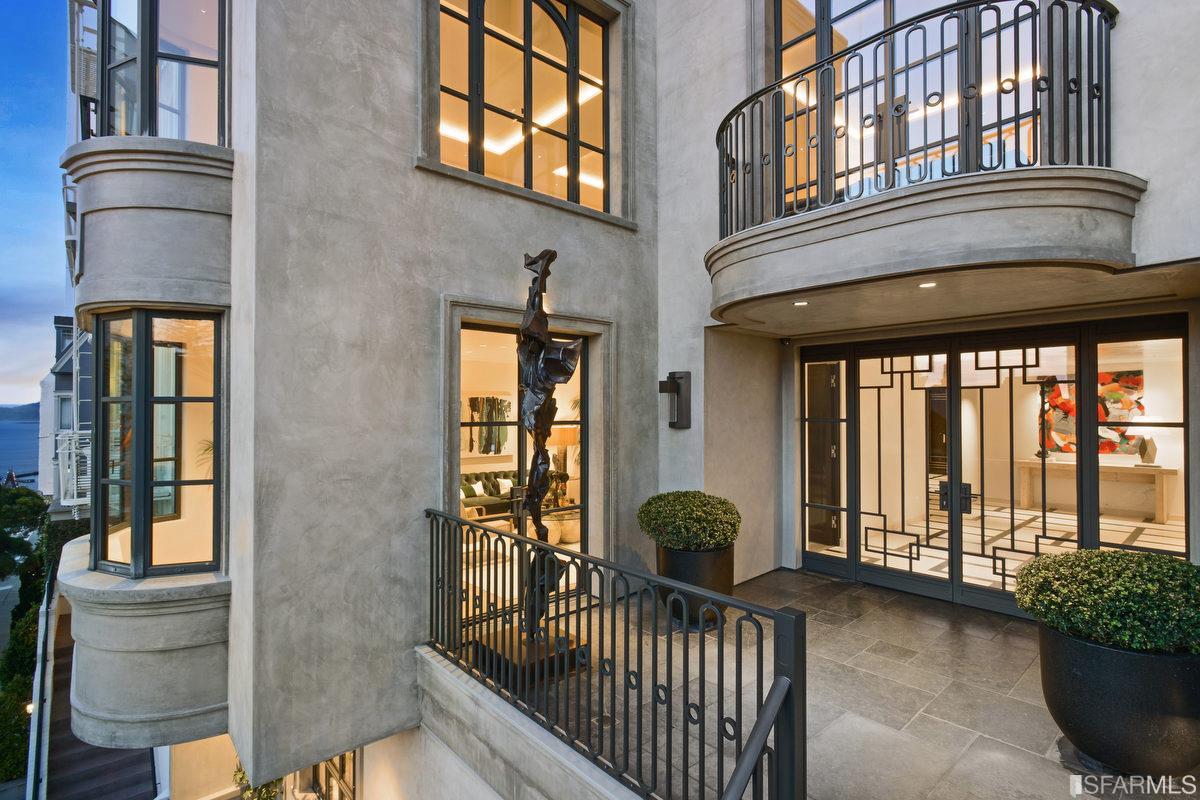
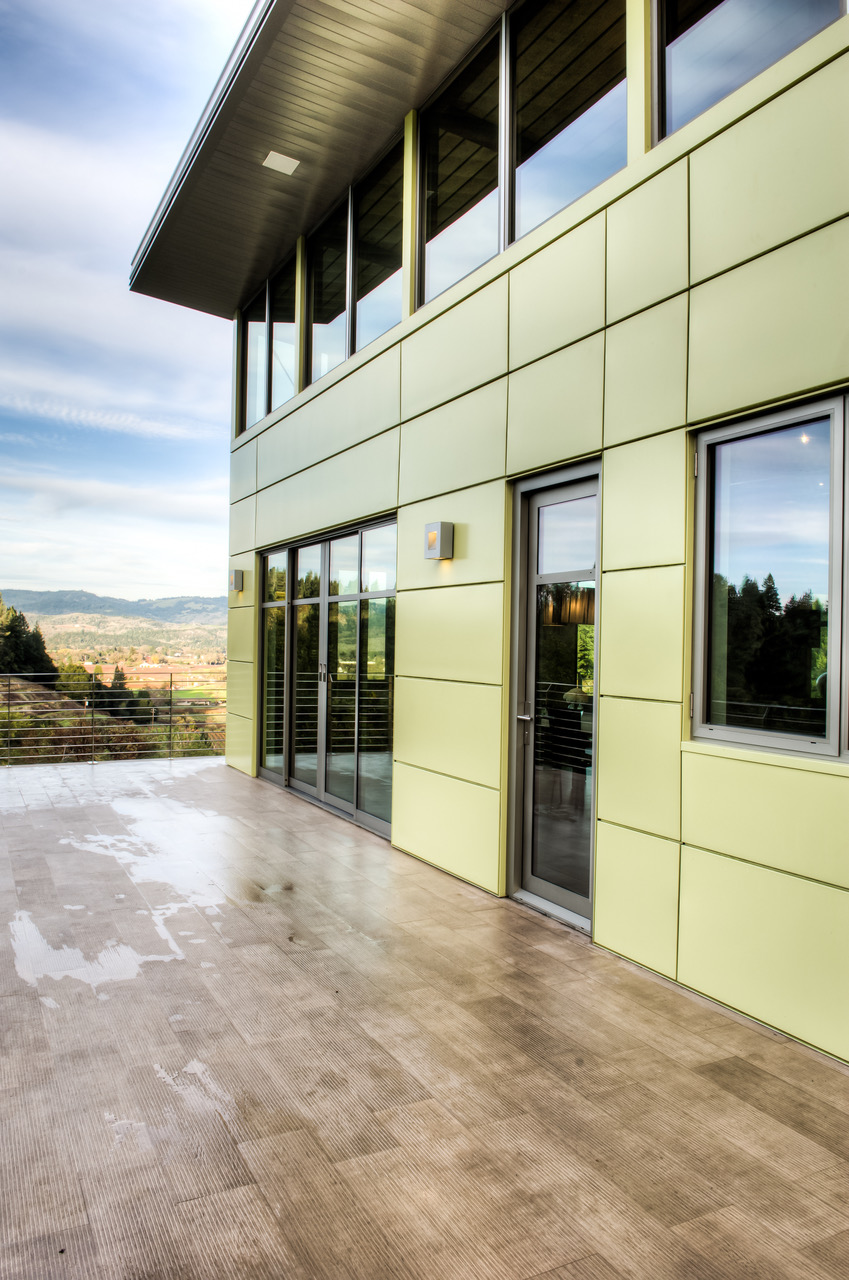
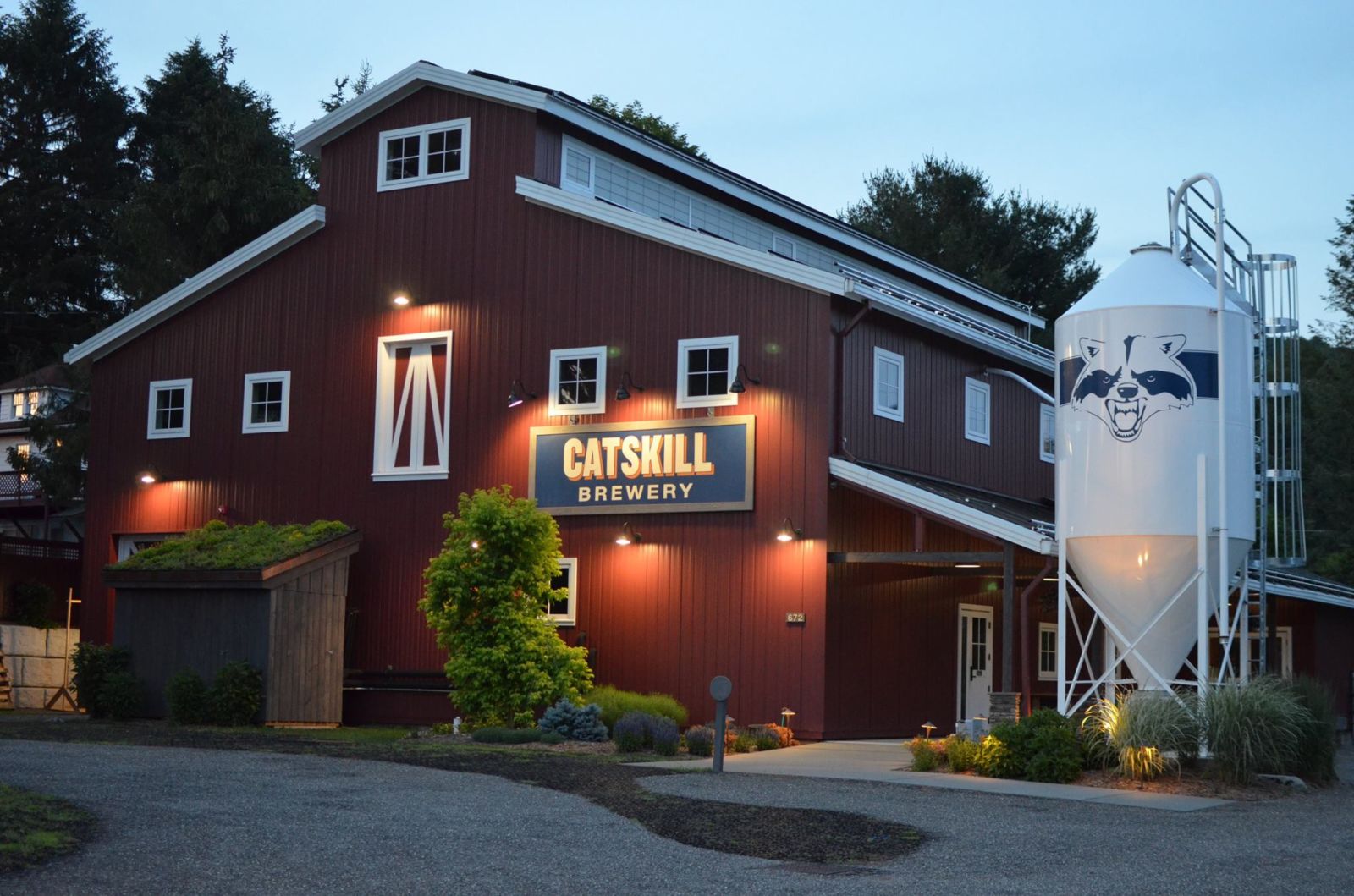
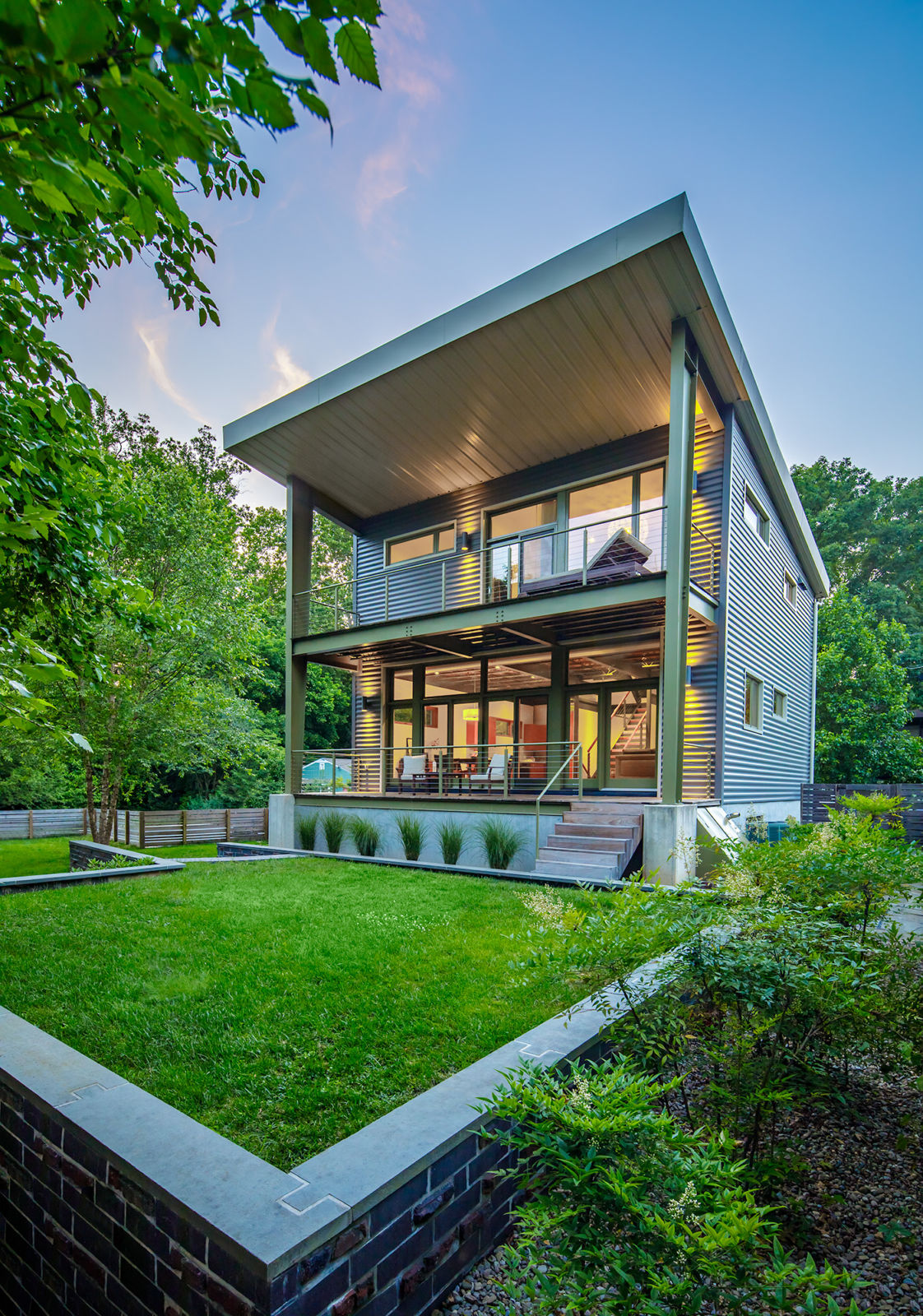
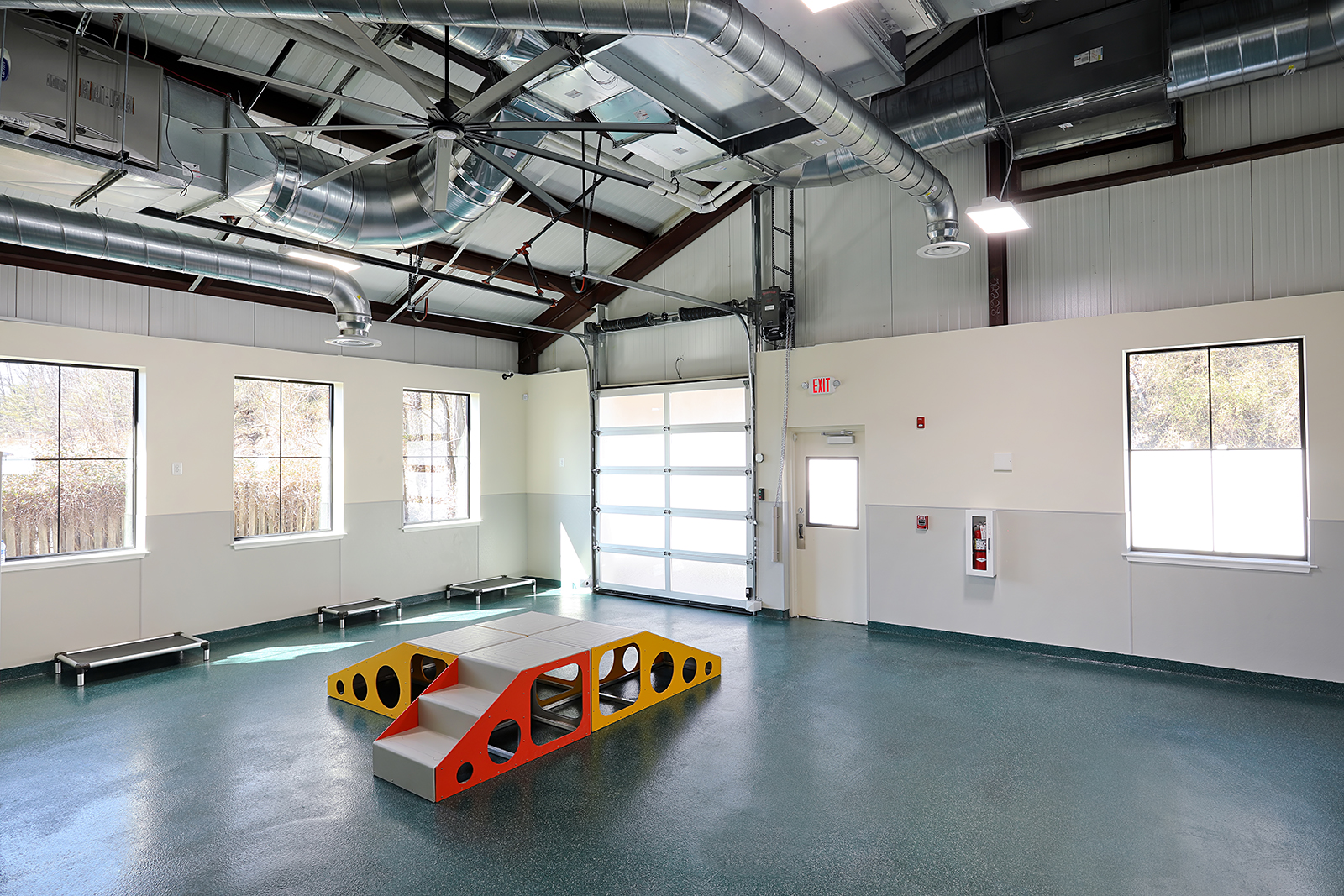
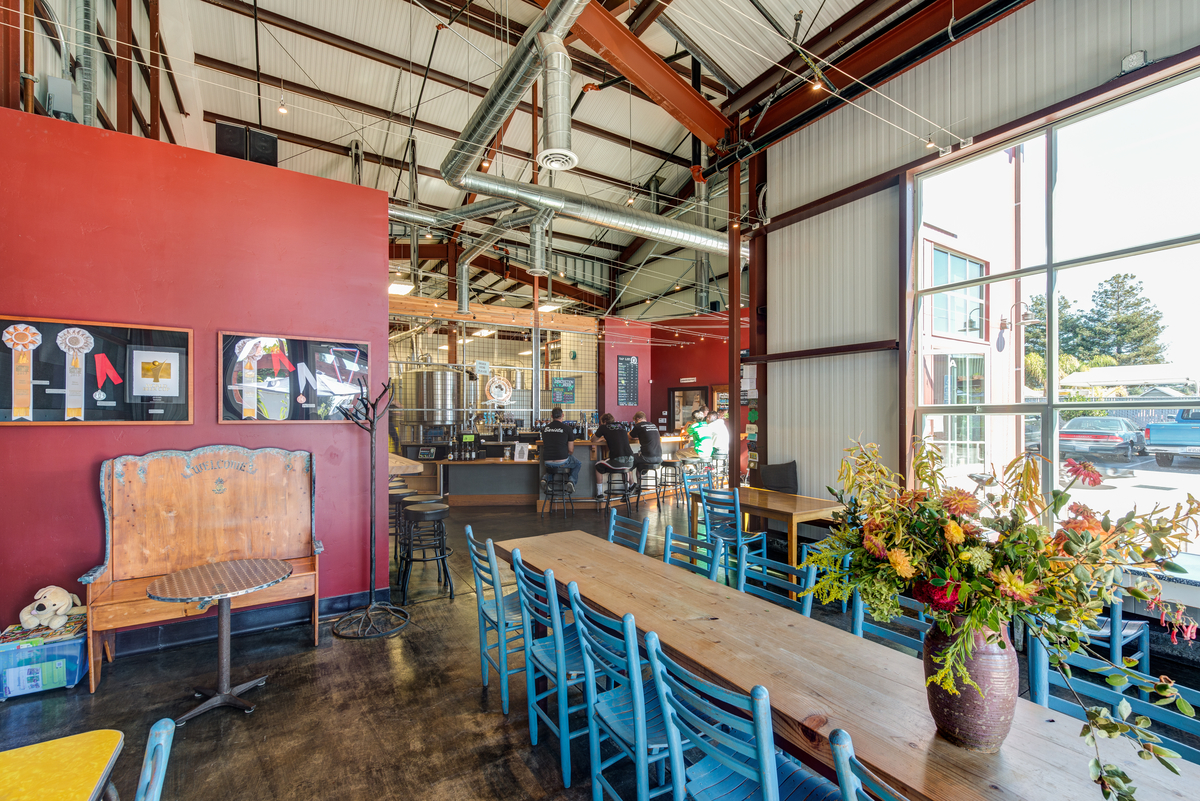
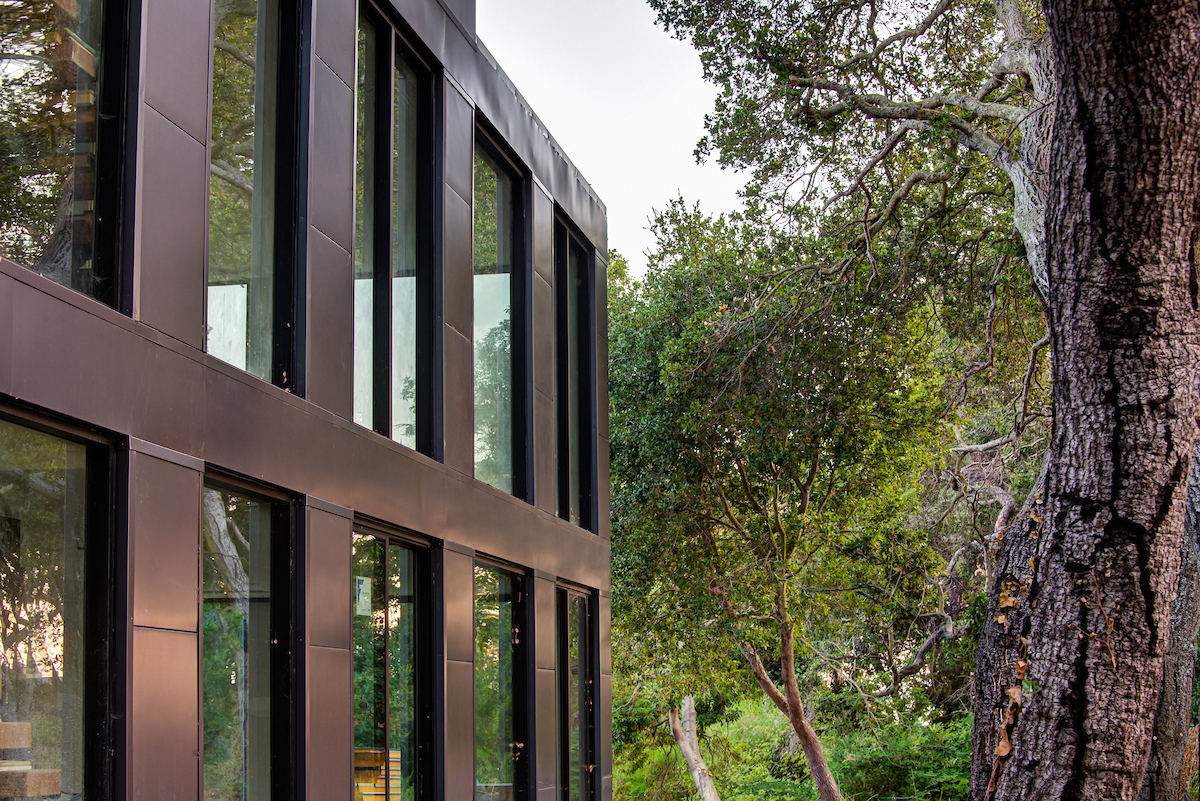
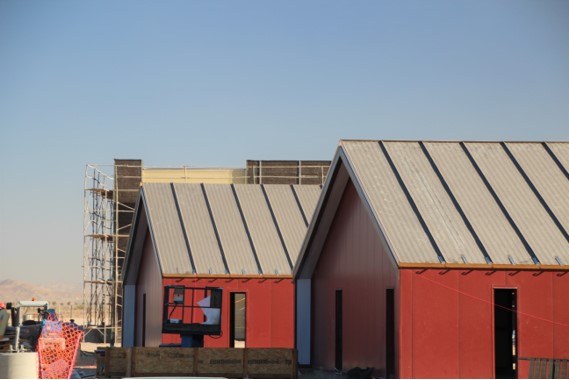
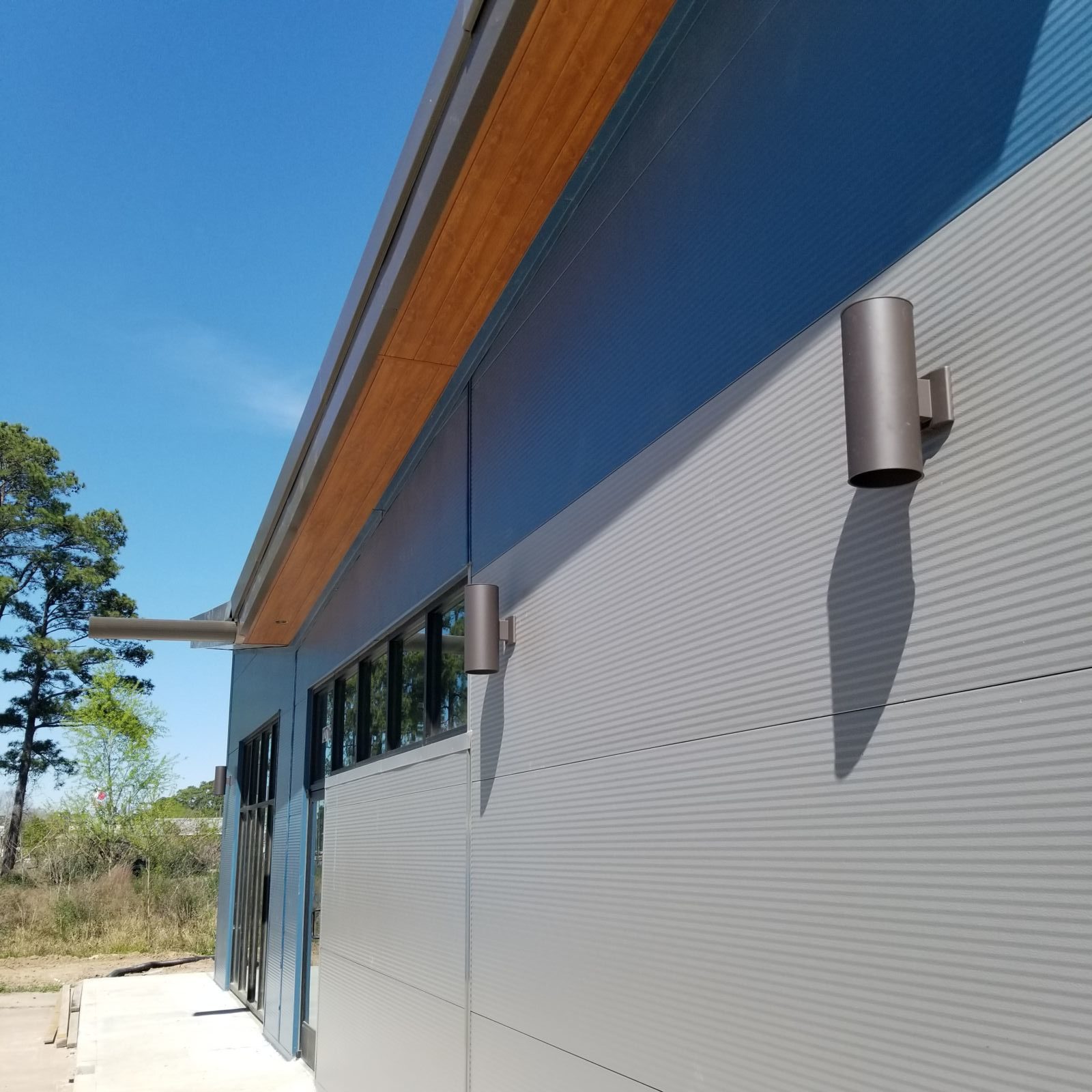
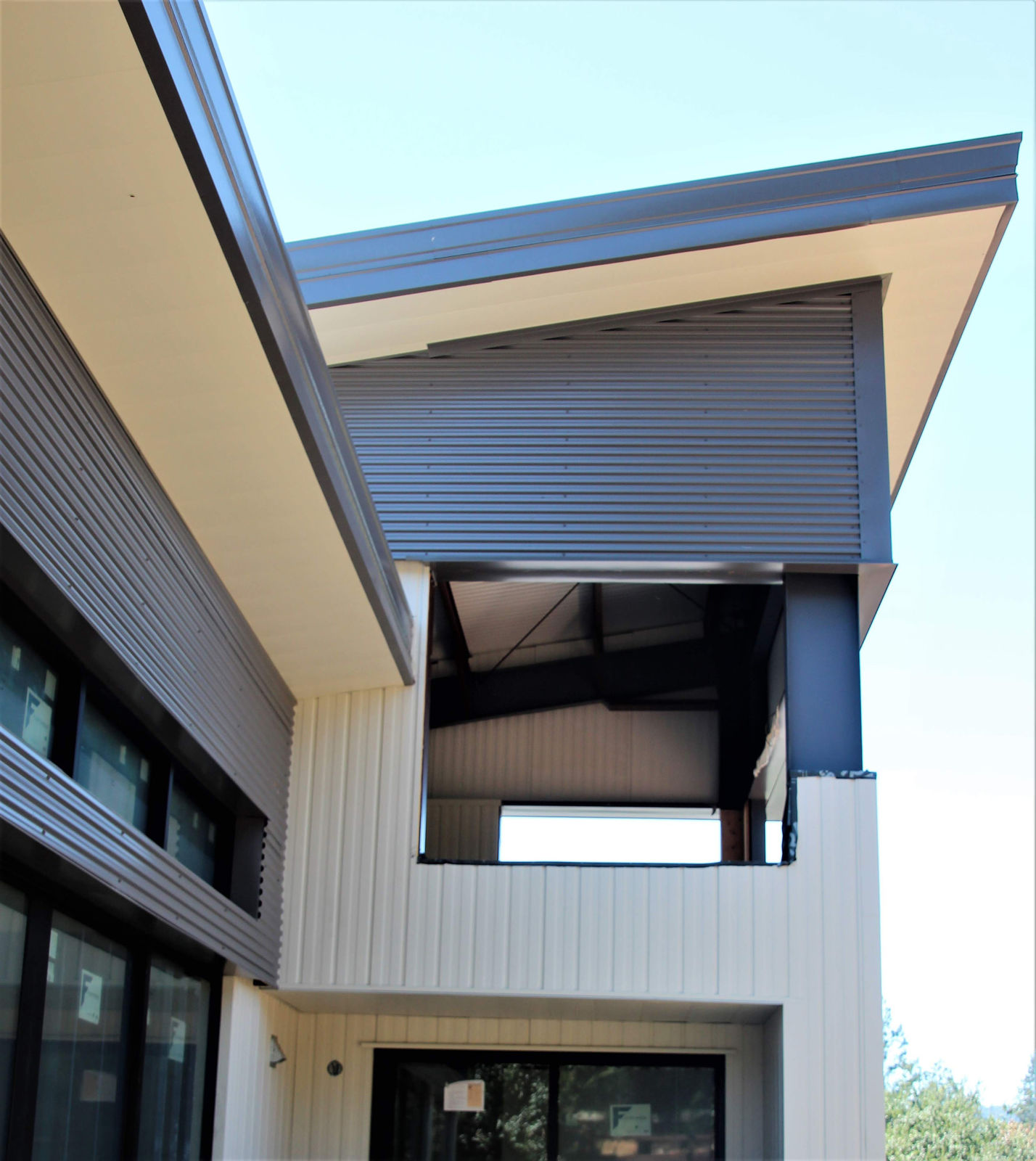
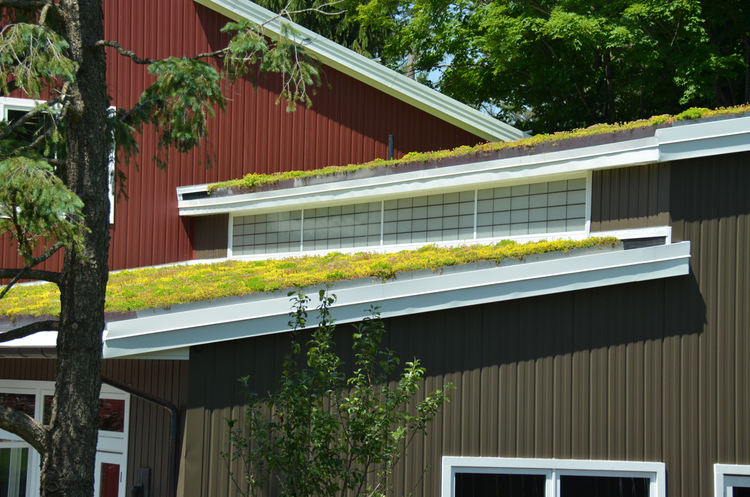
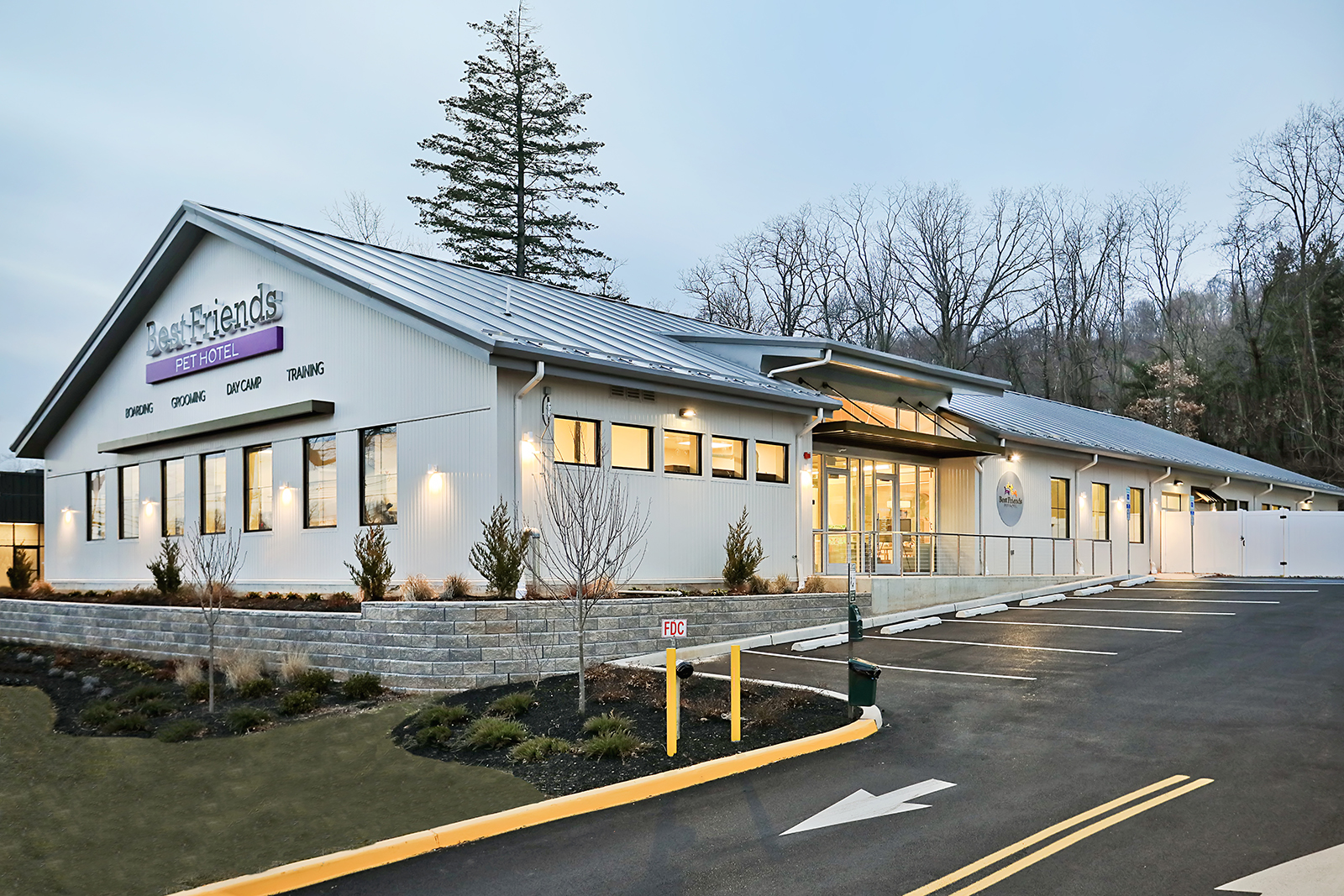
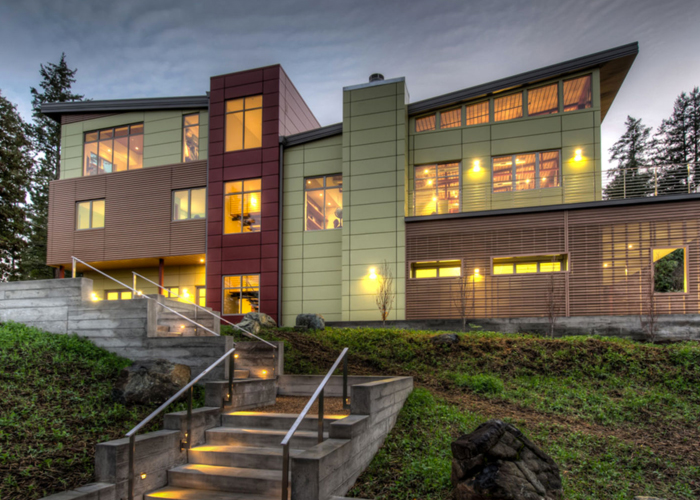
You must be logged in to post a comment.